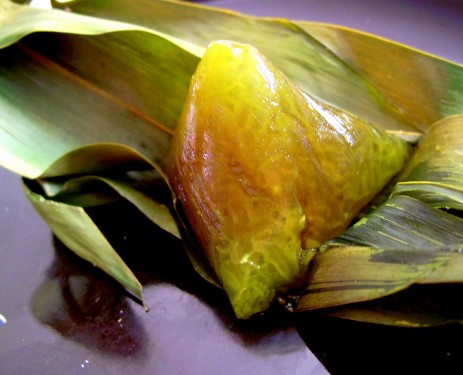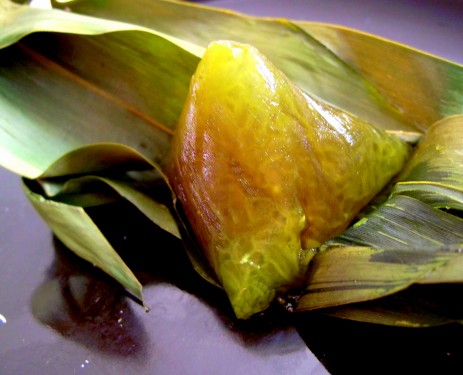
Mother said “you shall not eat meat on the first day of Tet“. And I said “yes, Mom.”
It has been our family tradition that the first day of the lunar year is a vegan day. It’s not unique to our family of course, most Vietnamese Buddhists eat vegan on certain days of the lunar calendar, the number of days depend on the amount of devotion to practice the precept of not killing. To refrain from all of the festive food is also a step to train the mind against the worldly temptations. Normally, that would be difficult if I were at home, given the excess of pork sausage loaves, braised pork and eggs, banh chung banh tet, roast chicken, fried spring rolls, dumplings, et cetera. But I’m here by myself, it’s like expatriation on top of expatriation. To refrain from meat has never been so easy. 😉
My quick and simple vegan lunch: steamed rice with muối mè (a mix of sesame, salt and sugar, similar to furikake but Vietnamese 😉 ), steamed bok choy, shisozuke umeboshi (salted plum with pickled shiso leaf) and pickled cucumber (a kind of tsukemono), an orange, a cup of mung bean milk from Banh Mi Ba Le and a cup of rose water. (In my recent San Jose trip, I found out that Chinese people take a particular liking to the bok choy outside the food realm. They make huge glass (or plastic?) bok choy that resembles chubby gold fish, except green and white, to put on pedestals for house decorations. Pretty cute, actually!)

